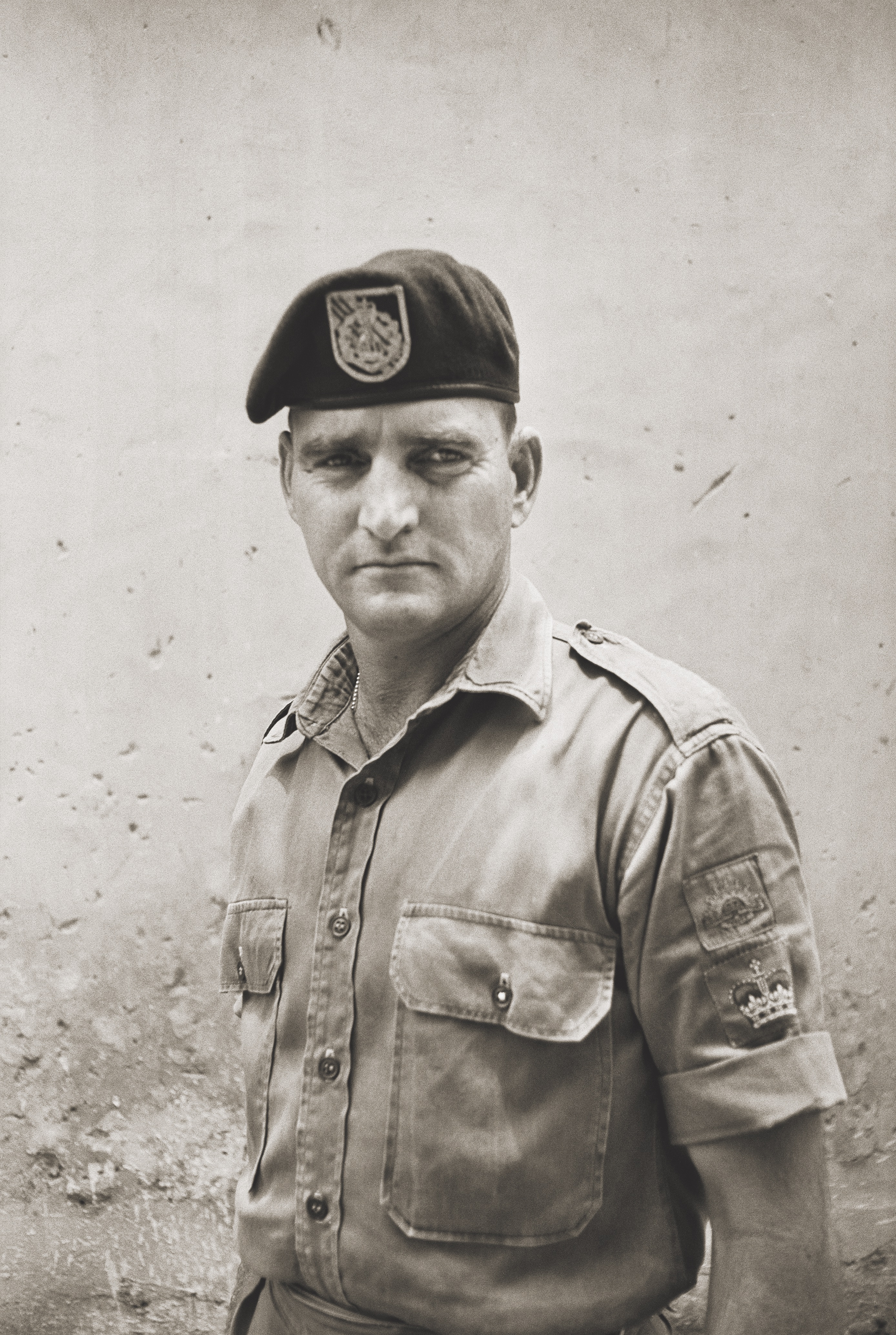The Victoria Cross, established in 1856, is the British Commonwealth’s highest decoration for combat valor, every bit the equivalent of the American Medal of Honor. During the Vietnam War the Victoria Cross was awarded to four Australian soldiers, two of them posthumously. One recipient, Warrant Officer Class 2 Keith Payne, is considered the most highly decorated living Australian. His awards include the U.S. Army’s Distinguished Service Cross and the Silver Star.
Payne, born in 1933, enlisted in the Australian Army in August 1951 and fought with the Royal Australian Regiment during the Korean War. In the early 1960s he served in Malaya, a former British colony, during a communist insurgency there, and from February 1967 to March 1968 he was stationed in Papua New Guinea.
Arriving in Vietnam in February 1969, Payne was assigned to the Australian Army Training Team, an elite unit of counterinsurgency advisers who worked mostly with the Mobile Strike Force Command, widely known as the Mike Force. Mike teams consisted of Australian and U.S. Special Forces soldiers who recruited, trained and led rapid-response units of Civilian Irregular Defense Groups, local militias composed largely of ethnic minorities in South Vietnam’s hill country.
On May 24, 1969, in the Central Highlands’ Kontum province, Payne commanded the 212th Company of the 1st Mobile Strike Force Battalion when the unit was attacked by a large North Vietnamese Army force. The battalion’s two leading companies, including Payne’s unit, were cut off. Under heavy rocket and mortar fire from three sides, Payne moved up and down his line, firing at the NVA, throwing hand grenades and rallying his forces, even though he suffered multiple wounds.
Despite Payne’s efforts, the South Vietnamese militias started to fall back. Ultimately, the entire battalion was forced back, but Payne remained in an exposed position to cover the movement. He managed to halt the withdrawal and establish a night defensive position. Under cover of darkness, Payne moved forward alone to search for his wounded and any stragglers. By morning he had brought back 40 of them, including a severely wounded American adviser.
Payne’s heroics were recognized by Queen Elizabeth II in April 1970 when she presented Payne with the Victoria Cross aboard the Royal Yacht Britannia in Australia’s Brisbane harbor. The U.S. government awarded Payne the Distinguished Service Cross, the second-highest valor award after the Medal of Honor, for the same action, specifically citing him for saving the lives of his American comrades in arms. With the exception of three South Vietnamese soldiers, Payne was the only foreign ally awarded the DSC in Vietnam—or since.
He retired from the Australian Army in 1975 but spent the next two years as a captain in the army of Oman, fighting against Marxist rebel forces in the Dhofar War, the unsuccessful 1962-76 insurgency in Oman’s Dhofar province.
Payne’s wife, Florence, a member of the Women’s Royal Australian Army Corps, was honored in 2006 with the Medal of the Order of Australia for her services to the veterans community. In 2015 Payne was made a member of the Order of Australia in recognition of his “significant service to veterans and their families as an ambassador, patron and as an advocate for veterans’ health and welfare.” Between the two of them, they raised five sons. ✯
—David T. Zabecki is editor emeritus of Vietnam magazine.





